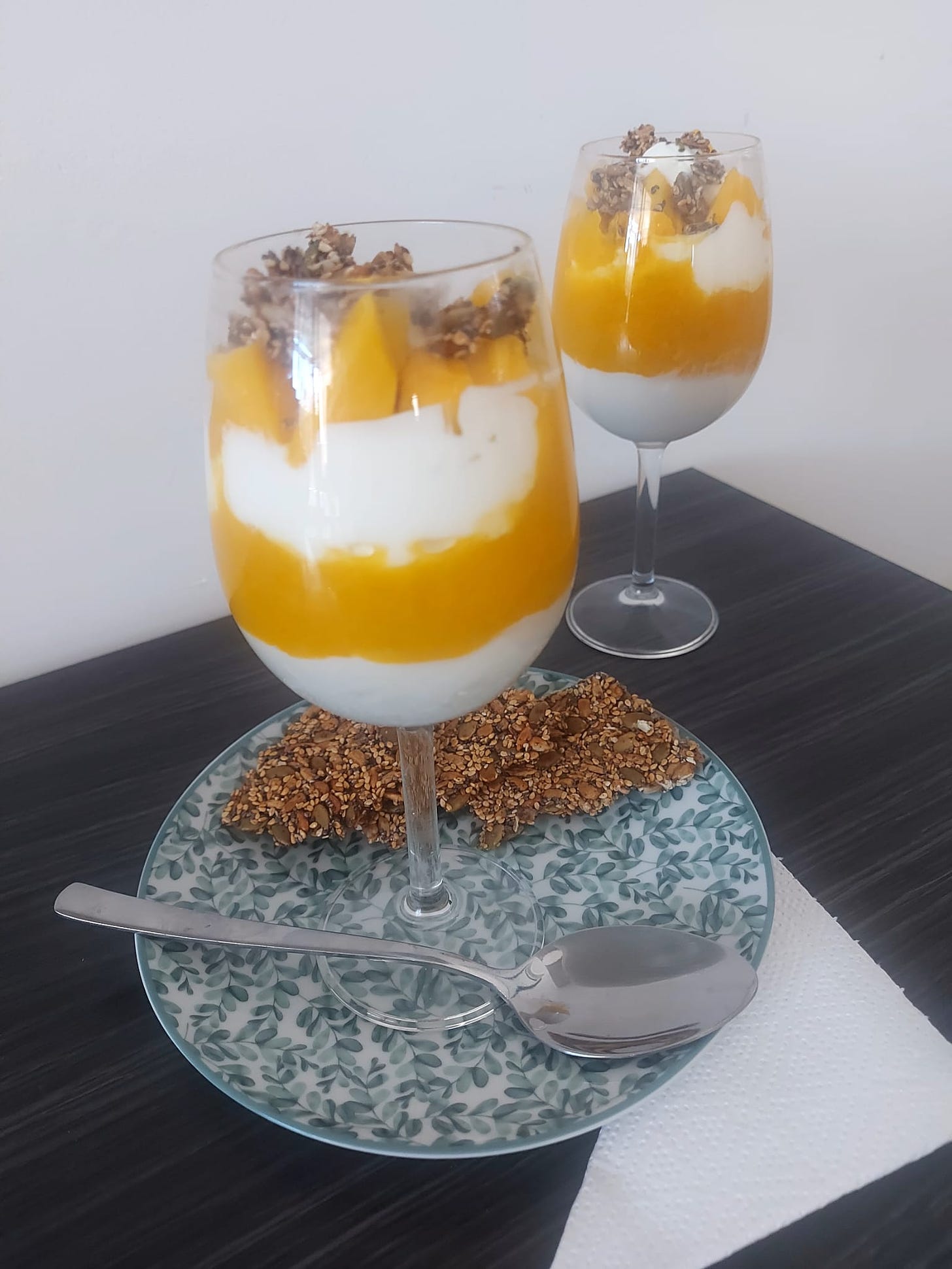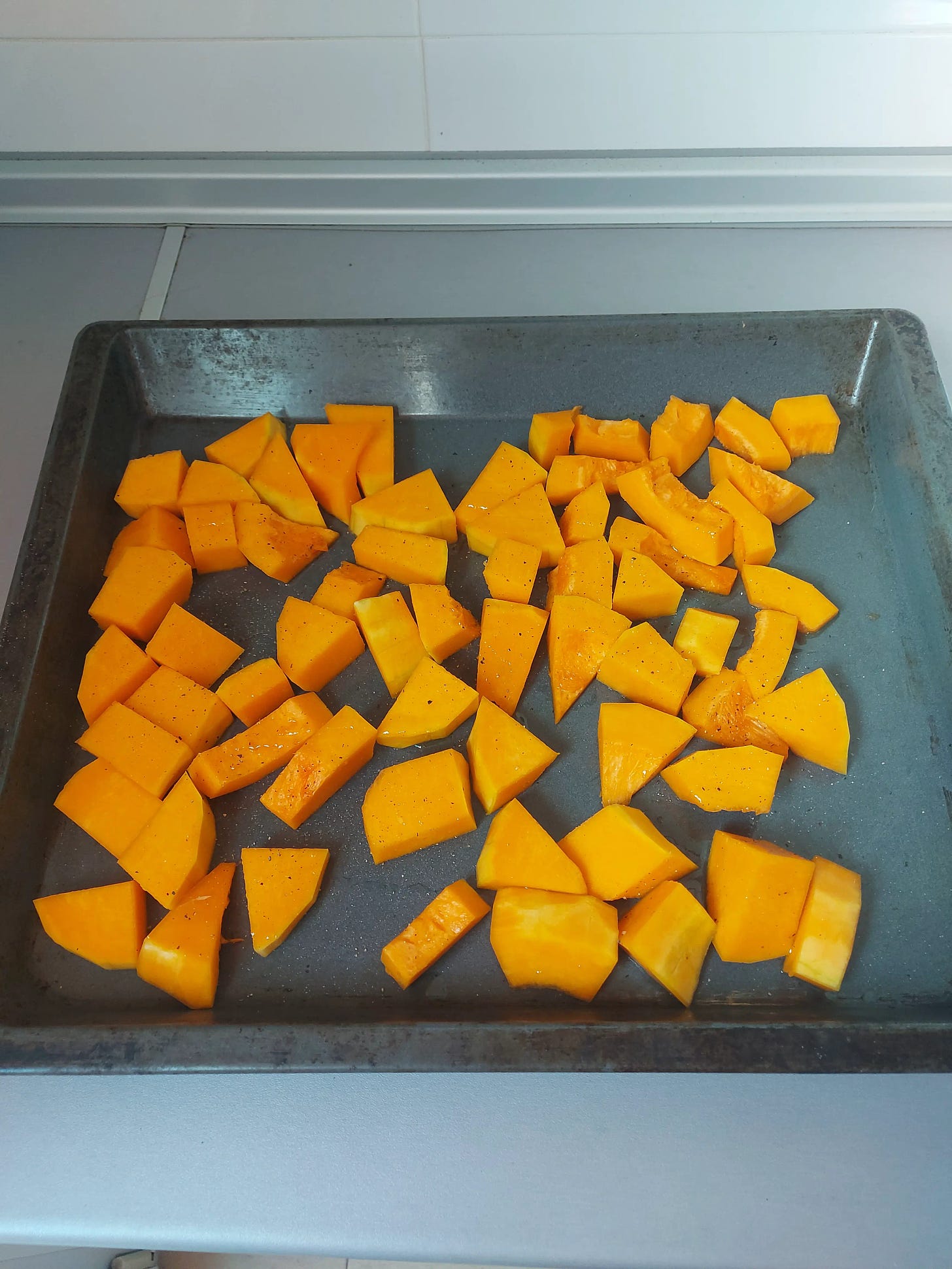When we think of broken bones, osteoporosis often springs to mind. This bone-weakening disease has long been associated with fractures, especially in older people. In the past week, Dr.Michael Greger nutritionfacts.org. stated that osteoporosis is responsible for only 15% of all bone breaks. Many wouldn't support his view but could find common ground in the rest of his article. Dr. Greger is critical of the corporations that make millions from bone density screening & drug-related interventions, when there are viable alternatives.
If osteoporosis isn’t the main culprit for broken bones, what is? Let’s dive into this topic to shed light on the primary causes of broken bones & suggest ways to foster better bone health.
1. The Osteoporosis Connection
Osteoporosis is a condition where bones become fragile & porous, leading to an increased risk of fractures. The disease predominantly affects postmenopausal women but can also occur in men. The reason it is commonly linked to broken bones is because of the reduced bone density associated with the condition. The truth is, while osteoporosis indeed makes bones more susceptible to breaks, it's not the leading cause.
2. The Real Culprits: Falls & Accidents
In the general population the stark reality is that a significant majority of broken bones occur due to external factors, primarily falls & accidents e.g. sports injuries, car accidents & work-related injuries.
In older people the real culprit for broken bones is falls. But the most important question is why do these falls occur.
Dr. Greger states that this is due in part to age-related muscle weakness & loss of balance. In fact, he believes that doctors would be better served to ask their patients Do you have impaired balance? This could predict more than 40% of hip fractures, which is more than a bone scan diagnosis of osteoporosis.
Some of the other factors that can contribute to broken bones were covered in an earlier blog, “Feel it in your bones”
Building Stronger Bones: What Can We Do?
According to Dr. Greger, a combination of resistance exercise to improve lower limb muscle strength & balance training can beat drugs for preventing osteoporotic bone fractures. Many research studies confirm this. A recent meta-analysis found that exercise interventions—mostly using a combination of resistance exercise & balance training—cut fracture rates nearly in half.
Your muscles & bones work together & age together. Your most important defence is to stay on your toes—literally. Using a series of exercises that combine both strength & agility, you can align your bones & joints. Not only will you gain strength & balance more easily, but you will also feel more balanced. Better balance equals better footing.
Nutrition
Below are 3 recipes that will help provide the nutrients your bones need after you’ve finished all those weight-bearing activities! They include calcium, vitamin D, K & lots of protein. Enjoy all!!
Recipe #1 ~ Crunchy Seed Crackers
These crunchy seed crackers are very simple to prepare & store well. They are a tasty way to get more nutrients in your diet. Seeds are also high in dietary fibre, protein & good fats.
20-24 pieces
Ingredients
¾ cup sunflower seeds, roasted (see notes).
¼ cup chia seeds
½ cup pumpkin seeds
¼ cup sesame seeds
½ tsp ginger powder
1 tsp cinnamon
1 tsp vanilla extract
⅓ cup maple syrup/honey/agave
Pinch of salt
Method
1. Preheat oven to 175°C/350°F.
2. Line a baking sheet with parchment paper.
3. In a large bowl, combine all the dry ingredients.
4. Add the maple syrup & vanilla.
5. Stir well.
6. Spread the mixture evenly onto the prepared baking sheet.
7. Smooth the mixture until it’s flat.
8. Bake for 12-15 minutes or until golden.
9. Remove from the oven and allow to cool completely.
Notes
Roasted sunflower seeds are ideal in this recipe. Raw sunflower seeds lack flavour & are chewy. Lightly roasted seeds are nutty & tasty. You can roast raw sunflower seeds in the oven at 350°F for 10-15 minutes. (See photo above).
Recipe #2 ~ Mango & Yogurt Parfait
A parfait is just a fancy term for layers of yogurt & fresh or frozen fruit. Here you can top it with granola, nuts or some of the crackers you made earlier. This can be an easy option for breakfast or an after-dinner dessert.
Serves 2
Ingredients
1 ripe mango peeled, pitted & cubed.
200g of Greek yogurt (vanilla, or any kind you have available).
Granola of choice
Method
Spoon some yogurt into the glass.
Add some mango. If you have time puree half of the mango. It looks nicer. If you’re in a hurry, just use cubed mango.
More yogurt.
More mango. The cubed kind this time.
Top with granola or topping of your choice.
Recipe #3 ~Butternup Squash Bean Stew -with or without chicken
This autumnal dish can be made with a variety of different beans & root vegetables.
Serves 4
Ingredients
1 can (400g) white or red beans, drained.
3-4 small carrots washed & sliced.
4 cloves garlic, crushed.
1 onion, chopped.
1 pepper, chopped.
½ butternut squash peeled, cut into 1” cubes. (see notes)
Strip of kombu (see notes)
2 cups (400ml) of vegetable broth.
1 tsp dried thyme
1-2 Tbsp olive oil
I tsp chili powder
½ tsp salt & pepper
Method
Soak the kombu for 20 mins in enough water to cover it. (see notes).
Preheat the oven to 200°C or 400°F.
Arrange the chunks of butternut squash on a baking sheet. Brush with olive oil & toss gently to coat; season with salt and pepper. (see notes)
Roast for 15 minutes or until the squash is easily pierced with a fork. Set aside.
In a large pot sauté onions & garlic for 3-4 minutes.
Add in carrots & peppers. Sauté another 8-10 minutes.
Add the thyme, chili flakes, salt & pepper, veg. stock, kombu & soaking liquid.
Let the mixture simmer for 10-15 minutes stirring occasionally.
Add the beans & butternut squash & simmer slowly for 5-10 minutes while the broth thickens.
Allow the stew rest for a few minutes & serve with rice, quinoa, or couscous.
If adding chicken, fry some small pieces in olive oil & add to the dish.
Notes
It’s easier to roast the entire butternut squash. Leftovers disappear quickly!
Kombu is the Japanese word for kelp. It is a versatile seaweed that gives dishes umami flavour. It is a nutritional powerhouse packed with minerals like iodine as well as vitamin K, vitamin A, vitamin B-12, calcium, iron & magnesium. As with all dried seaweed, you can just break it up & add it to your favourite dishes.
Disclaimer
This blog is for informational purposes only & should not be construed as medical advice. If you have any questions about your own nutrition plan, please consult your doctor.













